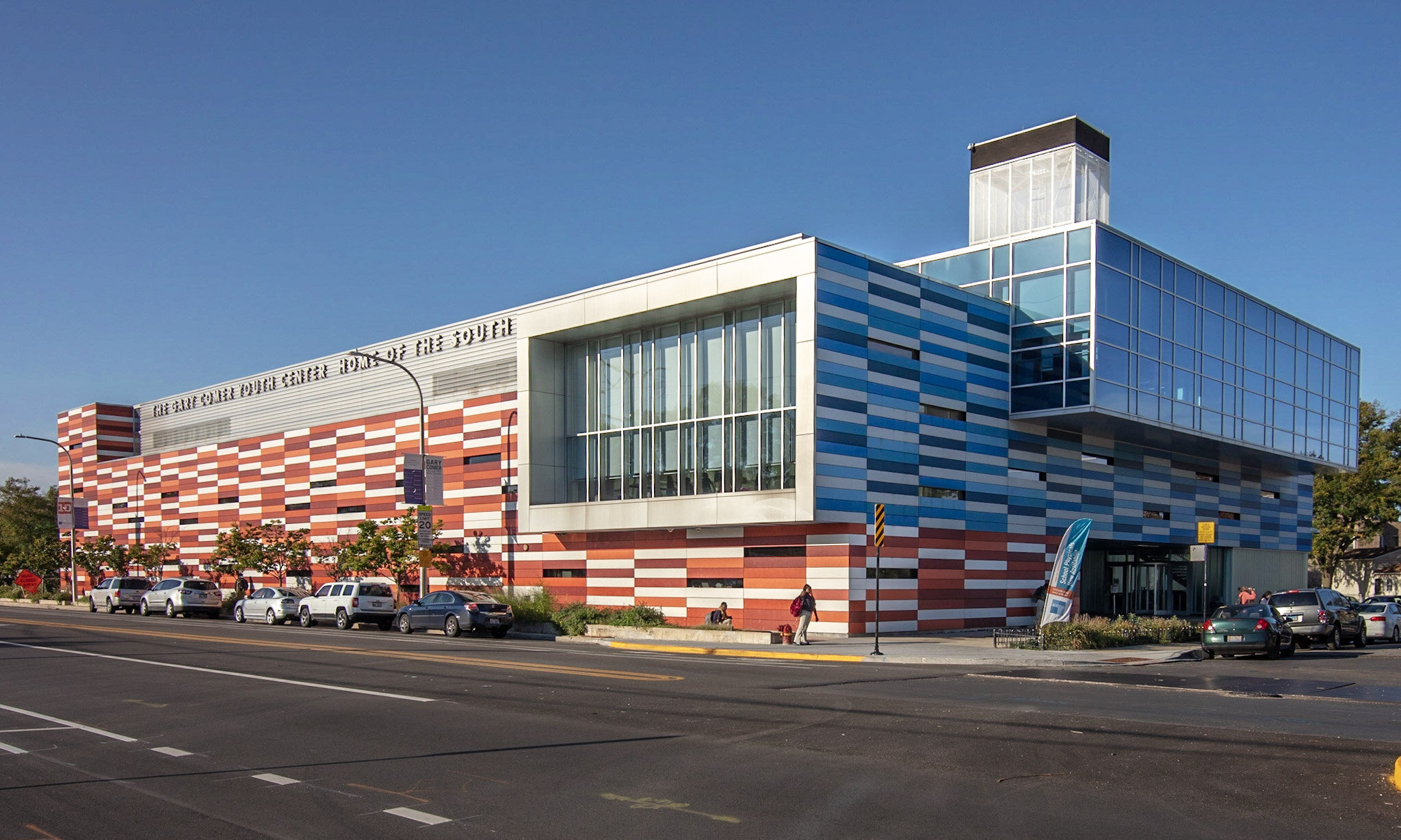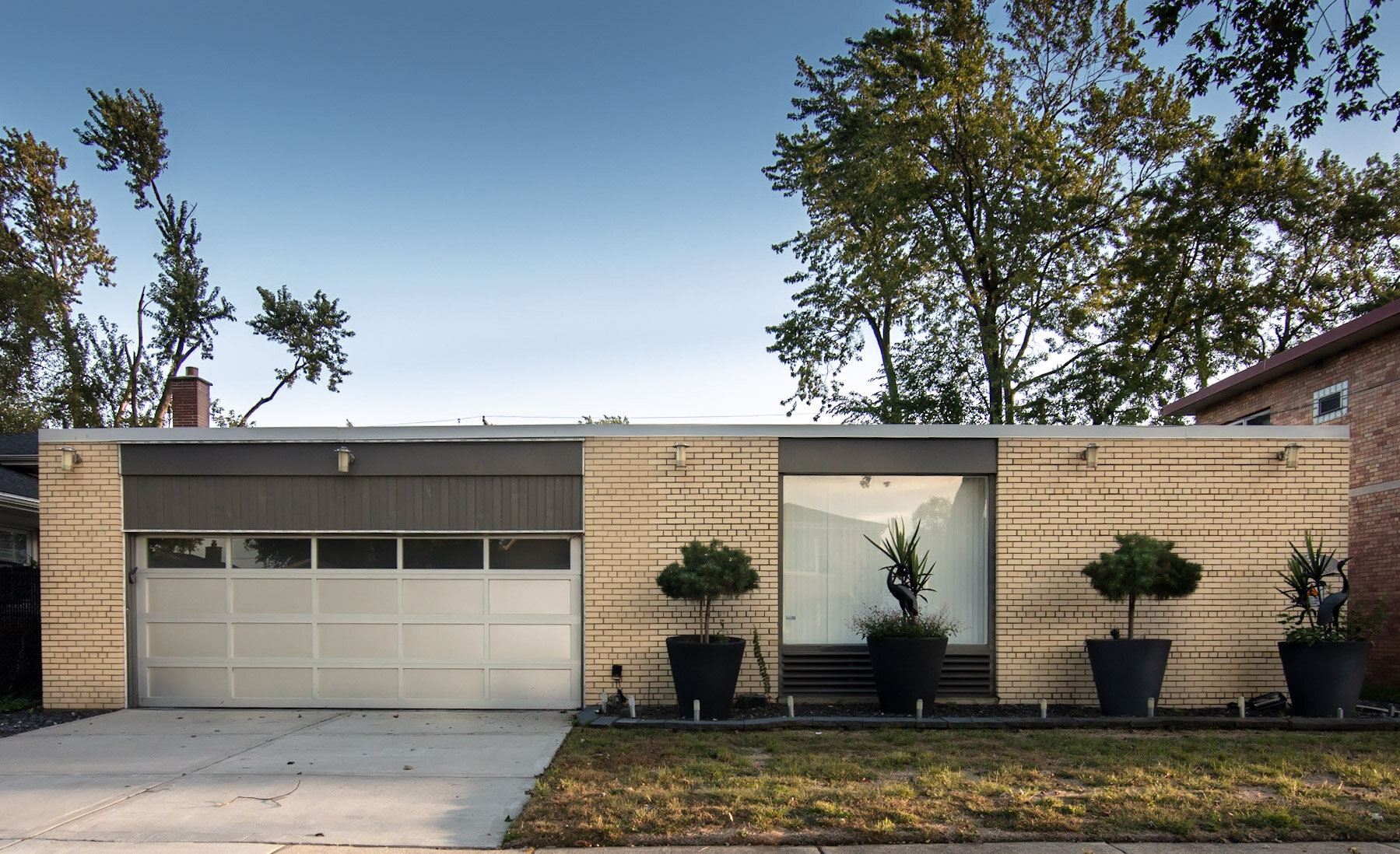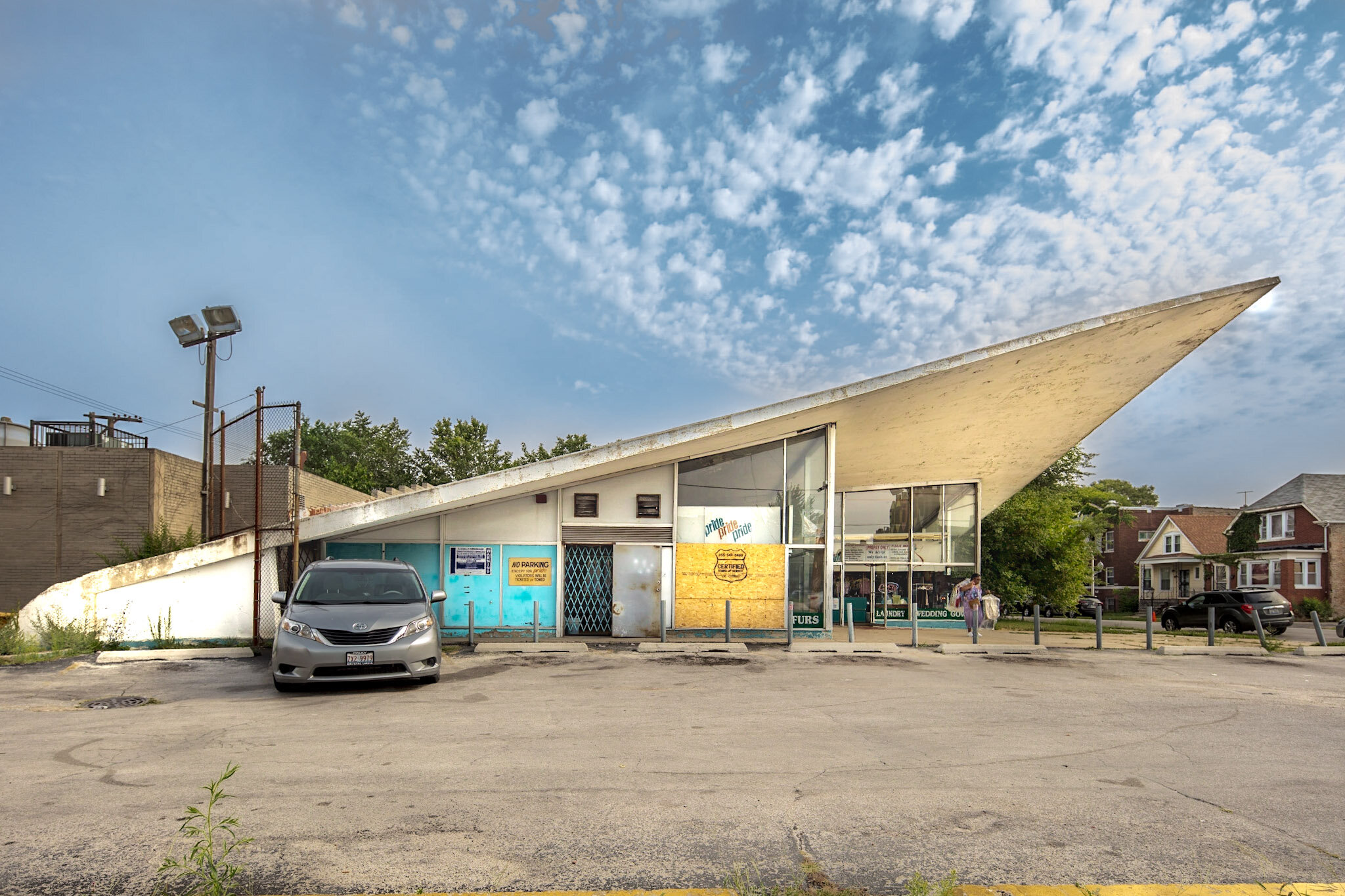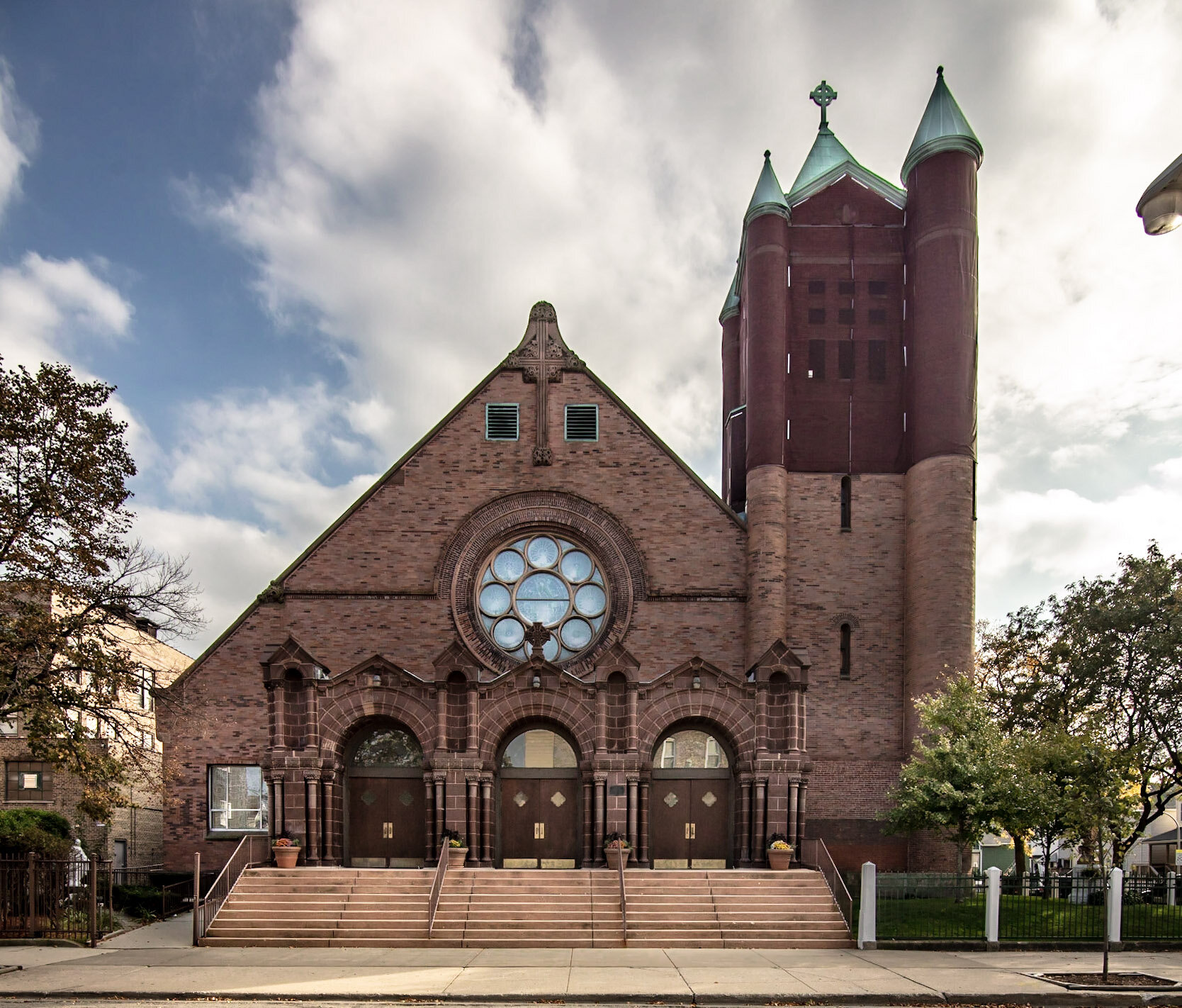February 2021
By Jamie Lou Thome
Social media can be a burden, of course, but also a blessing, especially when one finds oneself virtually surrounded by writers, artists, teachers, philosophers, and thinkers. On Facebook, artist and writer friends often post about other writers and artists, sharing a wealth of inspirational and aspirational work. For me, the joy of discovering new things to explore often balances and out-shadows negative aspects of the platform.
I can’t remember which friend posted about the work of Lee Bey, a Chicago-based journalist and photographer, but I’m indebted to them. Paging through Mr. Bey’s book, Southern Exposure: The Overlooked Architecture of Chicago’s South Side, has been revelatory.
Bey’s photos of gorgeous South Side buildings, homes, churches, and schools, alongside his thoughtful and detailed writing, allow the reader/viewer a deep exploration into large swaths of this great city, insights and glimpses that we might not notice as we drive through, from one destination to the next.
Luckily, I was able to connect with Mr. Bey. Here is a discussion we had through email, in late January. I’m grateful for his willingness to open up about his process and his work.
What artists and journalists have inspired you throughout your life? Whose work do you consider stimulating and why?
A journalist whose work inspired me was Roger Ebert — he wrote with such authority and knowledge, but his work was always approachable. That’s a gift.
Also, columnist Mike Royko during his years at the Sun-Times. He knew the streets, the taverns, the cops, the essence of Chicago the way it was then, and let it inform his writing.
For photography, it would be architectural photographer Julius Shulman, and how he made West Coast modernism come alive. When you see his work, you get the feeling you’re not merely looking at a picture of a building, but you’re getting a glimpse into what was an emerging lifestyle. And the things he did technically to bring out form and line, he was a genius.
I’d also add the work photographer Roy DeCarava and Gordon Parks, who had a love and respect for Black people that comes across in their images.
In the introduction to Southern Exposure, you tell the story of your father taking you for a memorable ride around the South Side when you were a teenager. He spent time pointing out buildings and architectural details to you, and this became a defining moment in your life and career. How did you mother (or other mentors) nurture that noticing of architectural details after your father’s death?
I was pretty much gawking at buildings on my own after my father died. But my mother wound up contributing in a subtle but equally important way. Maybe more important. My mother really liked movies and was my introduction to film. When I was a kid, we’d stay up late sometimes and watch dubbed Italian thrillers — I didn’t know until I was an adult and she’d long passed, that this was a film genre called giallo. She turned me on to Black Orpheus, the 1957 version of Imitation of Life, and Hitchcock movies when they started coming back into circulation in the 1980s. Even the Godfather movies.
All of this stuff is streaming or on cable now, but back then it was all on broadcast TV and accessible. Watching film influenced how I “see,” and made it easier when I decided to pick up a camera in my 30s.
As a father, how have you passed your passions onto your children? How have you encouraged their singular passions along the way?
I tried not to overtly pass my passions on to them. But we spent so much time together, with them accompanying me to lectures, photo shoots, etc., that they each ended up picking and liking the things I like. They like Mid-century architecture and design; they love art and museums. They’re all really good writers, good speakers. I’m proud of them.
Which comes first for you, the making of photos or the writing about buildings? How do you balance being an artist with writing? What about both processes bring you joy?
Writing comes first because it is my first love, and my career in various forms for so long. I dreamed of being a writer when I was 17. Photography came later, when I was in my early 30s, and that was only to photograph my daughters growing up. Then, because I was writing and lecturing about architecture, photography just started to fall into that as well.
I like putting my words and photos together. I’m starting to see them as equal partners in my storytelling and I look for opportunities and magazine assignments where I can write and photograph. When I can, that brings me joy.
I did an assignment for Architect magazine in 2018, for instance, where I photographed and wrote about the National Monument for Peace & Justice, located in Montgomery, Alabama. It was fantastic because I’m using both skills to tell a single story. I could weave a tighter connection between the words and photos because I created them both.
How have things shifted for you since your book was released in 2019? Did the pandemic slow down your process at all?
One big shift is that I rejoined the Sun-Times two months after the book came out. I’m on the editorial board, writing editorials about a range of issues. But writing the book let me know I still had something to say — not on occasion, but frequently, about the events of the day.
I still do book talks, but via Zoom, of course. But the pandemic did slow life down a bit, enough to contemplate the next book, and to teach an architecture class at IIT called Southern Exposure, which is based on the book.
What advice did you receive as a young writer/photographer that still sticks with you today?
As a young writer, an editor told me, “There’s no such thing as writer’s block. If you’re stuck, it’s because you haven’t done enough reporting. So hit the streets or pick up the phone.” He was so right.
And when I was learning photography — and I’m self-taught — a photographer told me my horizons were always crooked. “Straighten those horizons and your photos will get better.”
What advice would you give to a young Black man just starting out in photography or writing? What do you always tell your students to inspire them to keep going?
I’d say, “Keep your tools sharp; always keep practice, even if it’s just for yourself. Read and study the masters of your craft, which is so much easier to do in the internet age. Also: embrace criticism and critique. It’s the only way to get better. Seek out people who’ll be honest about your work — and know what they’re talking about — and take their advice to heart.”








